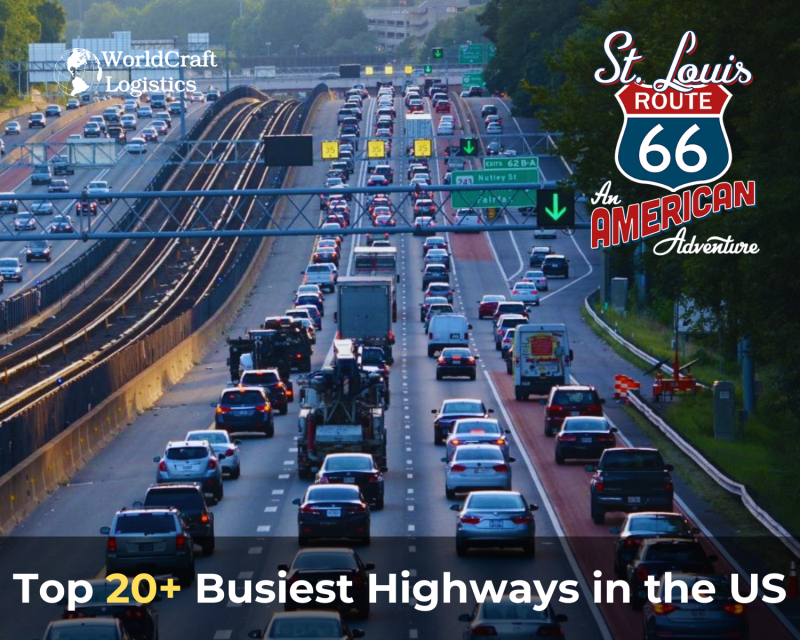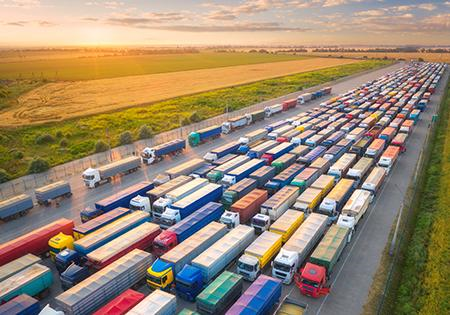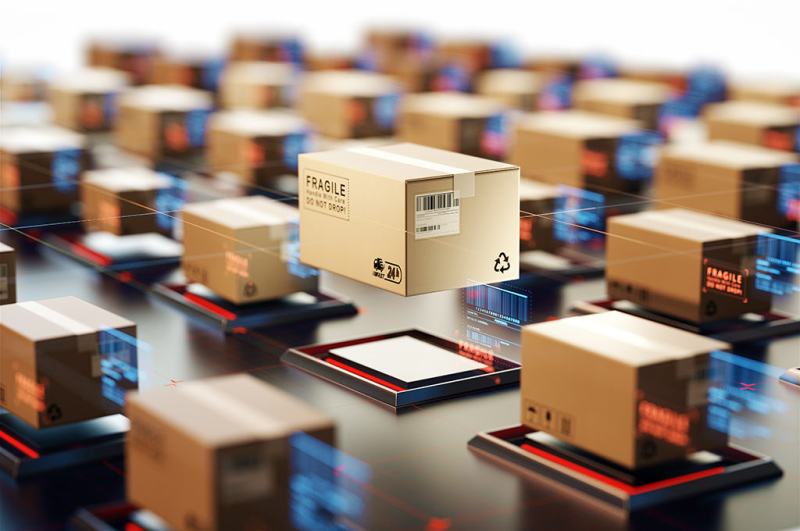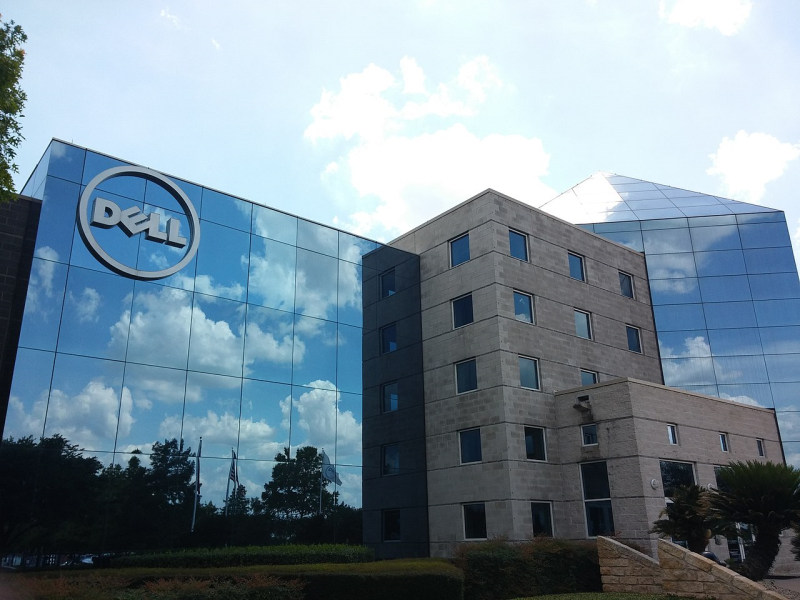
Starting June 1st, 2023 Our warehouse fee will be $0.65/cubic foot per month
In effort to lower the warehouse storage fee during inflation, we have went narrow aisle racking.This construction took us four months but the project is finally completed. With narrow aisle racking, we are able to drop storage by 24%.We as partners will go through this inflation together.
03/10/2023
Prior to a recent demonstration ride in a high-autonomy Class 8 truck from Kodiak Robotics, it was nearly impossible to do anything in an autonomous truck other than focus on looking out the windshield or at a computer screen containing boxes representing the surrounding traffic.
The screen displays what the Kodiak Driver fusion of cameras and lidars sees in autonomous mode (Photo: Alan Adler)
In January, during atmospheric rivers in California, Don Burnette, CEO of Kodiak Robotics, invited me to test their high-autonomy Class 8 truck after an uneventful drive from Mountain View to Palo Alto in Silicon Valley.
Kodiak Robotics co-founder and CEO Don Burnette holds specially engraved shears (Photo: Alan Adler)
Burnette handed me a pair of large red shears emblazoned with the Kodiak logo and instructed me to cut a blue cable extending from the compute unit of the truck's computer in the sleeper area of the Peterbilt Model 579. After the exposed cable was severed, the third-generation Kodiak Drive system stopped immediately as the truck moved slowly in the parking lot behind the headquarters.
Burnette explained that the purpose of the demonstration was to demonstrate that the truck would stop in the event of a sensor failure resulting from the cable being severed. On the highway, the truck would enter fallback mode and wait for additional instructions.
These shears are made for cutting, and that’s just what they’ll do (Photo: Alan Adler)
Burnette stated that one of their primary objectives for the upcoming year is to resolve any system issues that could lead to a fallback or pullover scenario.
Daycab leads the way
Kodiak plans to remove the driver from its autonomous trucks by 2024, despite the opinion of some experts that the technology is not yet mature enough for this step. For commercial runs, the startup will no longer place an engineer in the passenger seat and will instead substitute a daycab for a sleeper cab. This is possible because the boxy computing systems that incorporate camera and lidar perception systems are shrinking by a third.
With the sensor cable severed, the Kodiak Robotics truck has nowhere to go (Photo: Alan Adler)
The success of Kodiak Robotics is determined by the training of its autonomous truck driver to safely tow a 53-foot loaded trailer. According to Don Burnette, co-founder and CEO of Kodiak Robotics, the majority of the company's driving is done with a trailer because "if we don't have a trailer, people don't consider it to be real, especially in the trucking industry."
To prepare for an autonomous future, Kodiak Robotics listens to safety drivers' feedback. Burnette provided an example of how the company modified its system in response to driver feedback. Burnette stated, "At one point, we had programmed the system to stay in the left lane here, because I believe we will be moving back into the left lane shortly." The feedback from the drivers was, 'We would feel more comfortable and it would be more appropriate to be in the correct lane.' Consequently, we made modifications to the system. That cannot be learned through simulation."
Self-detected faults prompt Kodiak trucks to pull over to the roadside
The Kodiak autonomous truck detected a nonexistent object on northbound U.S. 101 and announced "Fallback. Manual. Manual" due to a software system error. The system then performed calculations 10 times per second to determine the safest route to the roadside. The CEO of Kodiak, Don Burnette, explained that the error could be caused by a timing or data integrity issue.
Burnette further explained, “That basically said, ‘Nope, I’m no longer healthy and we need to pull over to the side of the road.’ So we go into fallback.” On a commercial run, the truck would have pulled to the side of the road, but in a demo situation, they kept going. Burnette stated that fallbacks happen occasionally and it’s not always about doing the right thing, but about doing the safe thing.
Disengagements, where the autonomous system shuts off or a safety driver takes over operation, are relatively rare. In January 2021, Kodiak conducted eight consecutive 205-mile runs without a single disengagement on Interstate 45 between Dallas and Houston. Burnette said, “It’s not the bar that we actually focus on for launch, but I do think it’s an impressive metric. The metrics for launching are to ensure that in all situations if there are disengagements, we simulate that the truck would’ve done the safe thing. That’s always the bar. Would it have avoided incidents? Would it have needed help? Those are the type of measures that we’re tracking.”
MintN

Hot News
08/05/2024

Hot News
02/23/2023

Hot News
02/23/2023

Hot News
02/06/2023
Hot News
02/07/2023